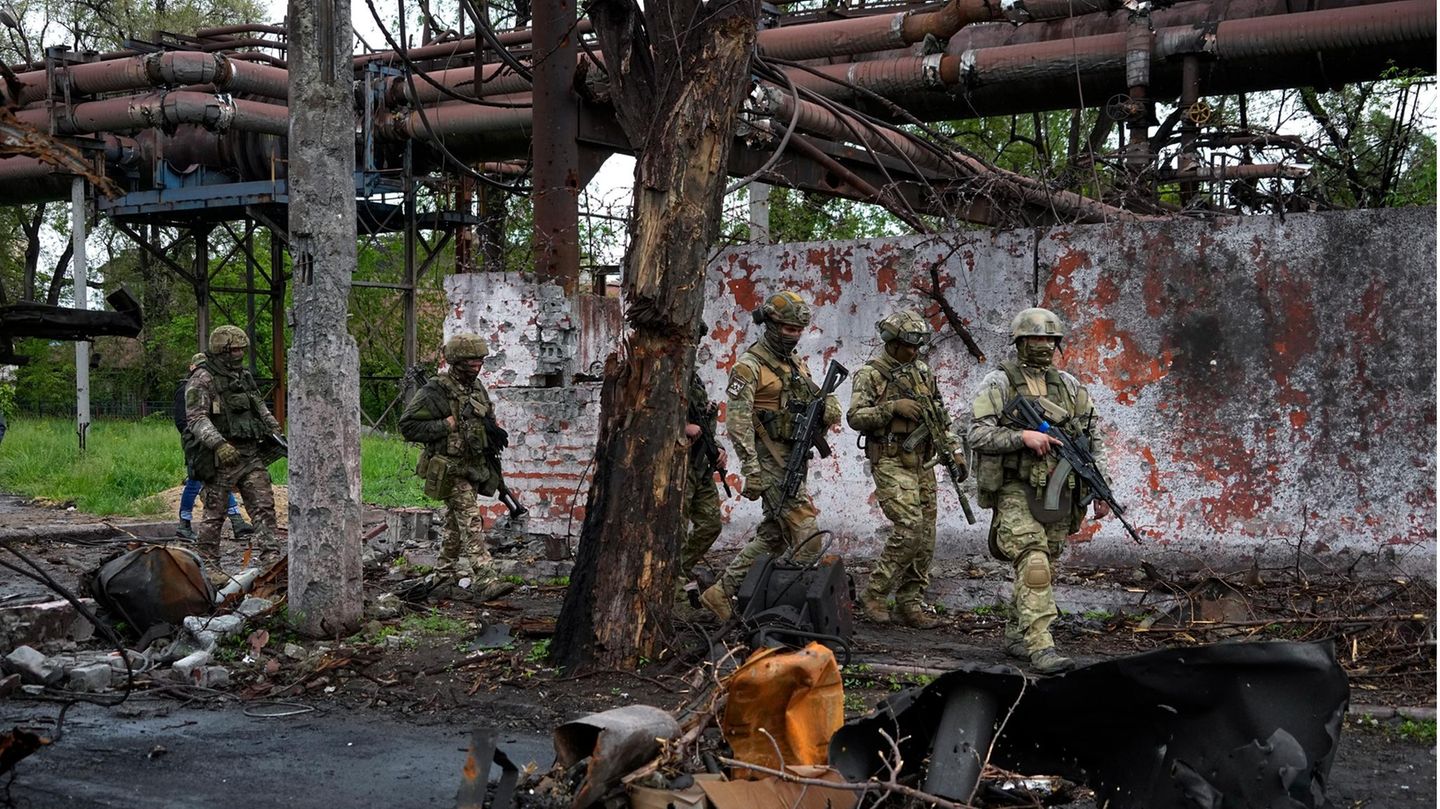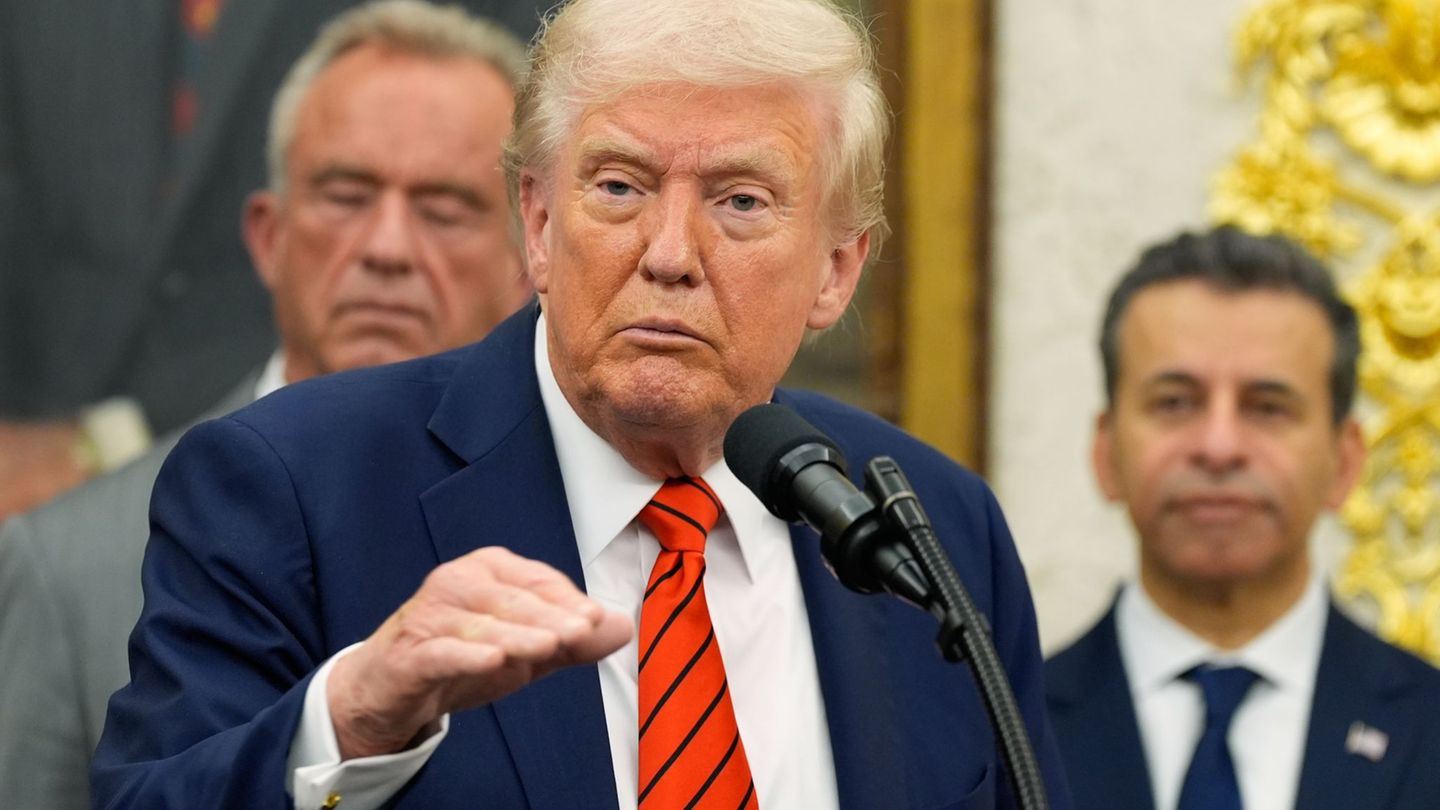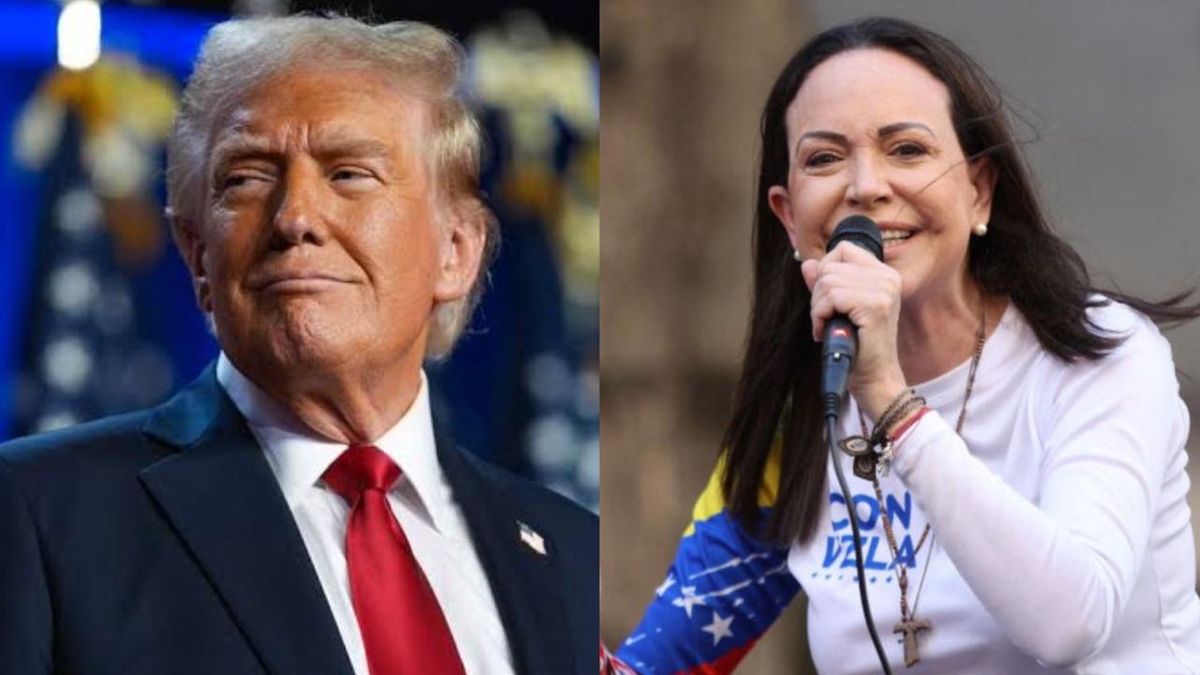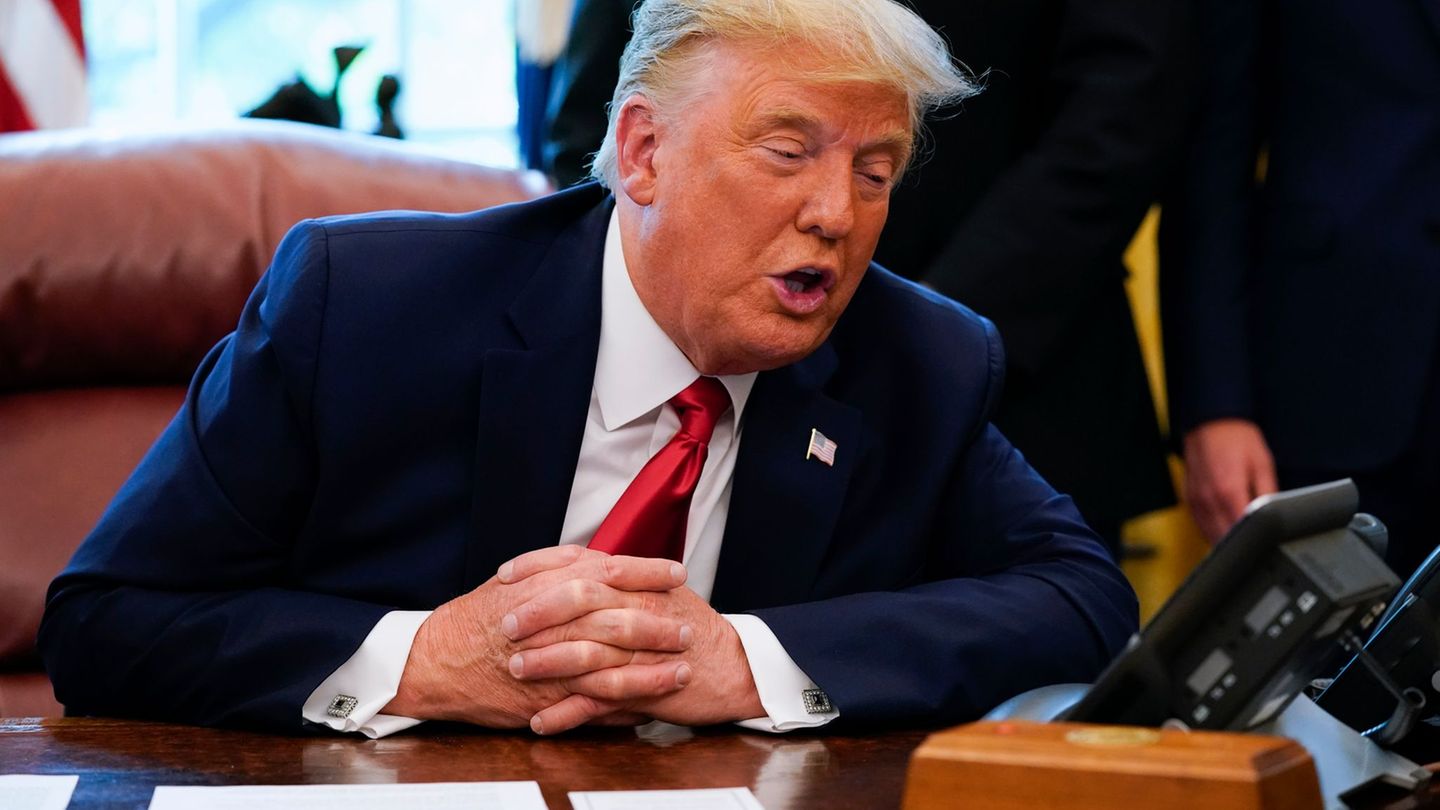Moscow celebrates the capture of Mariupol, the symbol of the Ukrainian resistance. What does this mean for the port city and hundreds of people in Russian captivity?
Moscow may have known about the symbolism of Mariupol, the importance of the port city on the Sea of Azov, which goes far beyond geostrategic considerations.
Ukrainian forces put up fierce resistance for weeks, as did civilians, defying the siege, relentless shelling and bombardment by Russia, which continued to brutalize its actions as the war progressed. But the resistance? pointless. At least that was the terrible news that Moscow wanted to send from Mariupol to the rest of the country.
The horror came to an end on Friday, at least for the time being, if that can be said at all. The , allowed themselves to be captured by the Russian invaders at gunpoint. Moscow said everyone had surrendered and was being cared for. Almost 2,500 Ukrainian fighters are said to be in Russian captivity.
Although Mariupol remains impregnable as a symbol of the Ukrainian resistance, the fate of the city and the prisoners is uncertain. What happens now?
Closer to a war goal
From a military point of view, the conquest hardly changed anything in the current situation of the war, Russia had held the city with once 500,000 inhabitants hostage since the beginning of March, but probably in the further course of the campaign.
Persistent resistance has long ensured that, according to Ukrainian data. These could now bring the decisive superiority for the halting offensive in the direction of Slovjansk or the looming pocket at Sievjerodonetsk and bring Russia closer to a war goal: the conquest of the entire eastern Ukraine.
The military leadership in Kyiv assumes that the pro-Russian forces, with Moscow’s help, are now stepping up their advance into the Russian-recognized separatist republics of Luhansk and Donzek in order to wrest the entire Donbass completely from Ukrainian control. Russia is obviously also interested in a fixed land connection to the Black Sea peninsula of Crimea, which was annexed in 2014.
Will there be show trials?
The fall of Mariupol could also feed into another Russian war goal: the and “liberation” of a country allegedly ruled by “Nazis.” A propaganda tale told by the Ukrainian President . But this circumstance makes the fate of the Mariupol defenders, now captured by Russia, so uncertain.
Like victory trophies, they were presented by the Russian Ministry of Defense in a video against the backdrop of the Asovstal Steel Works. Russian President Vladimir Putin said they would live if they surrendered. Selenskyj is therefore now hoping for a prisoner exchange, as has happened time and again in the past. But many Russian politicians are against it, calling for trials to convict the “Nazi criminals”.
According to Moscow, almost 2,500 Ukrainian fighters were taken prisoner by the Russians from the steelworks. Russia describes them as staunch neo-Nazis who have committed war crimes themselves. A conviction could therefore feed into the Russian narrative of “denazification” of Ukraine.
The military expert Carlo Masala therefore does not expect an exchange of prisoners. At least some of the men are expected to be used for propaganda purposes. “(…) maybe they will be put on trial, tortured, dragged in front of the TV camera,” Masala expects.
He pointed out that the soldiers belonged to the “Azov” battalion and were therefore “the Nazis per se from a Russian perspective”. Extorted confessions from prisoners could be used to “ultimately suggest to the Russian people that this state – Ukraine – is a Nazi state. And thereby continue to uphold the legitimacy of the Russian Federation’s operation.”
In any case, the Russian media used the moment when the last women left the steelworks to brand them again as “Neo-Nazis”: They had to undress in front of the cameras, tattoos could be seen, skulls, Celtic crosses and a swastika as well as repeatedly a ” black sun”, allegedly the identification symbol of the nationalists.
If charged with war crimes, prisoners in the pro-Russian separatist-controlled Donetsk Oblast, where Mariupol is located, face the death penalty.
Teaser picture: Picture Alliance / Kay Nietfeld
Federal Minister of Justice Marco Buschmann therefore expressed concern about the prisoners of war in Mariupol. “Russia’s massive violations of international law are completely unacceptable – but they also fill us with great concern with regard to the population of Ukraine and the soldiers who have now been taken prisoner,” said the FDP politician on Monday. “War is a bloody beast, but not a rule-free state,” warned the minister.
From the point of view of the CDU foreign affairs expert Michael Gahler, there is also a risk of show trials, although Russia has no right to treat the prisoners differently than other Ukrainian prisoners of war. “The parties involved must be registered by us and, if the worst comes to the worst, charged in their absence according to the principle of universal jurisdiction,” demanded Gahler.
Mariupol, a “Center for Tourism and Leisure”
How things will continue for the city of Mariupol is unclear. “The sewers don’t work. There are still 100,000 people living in the city and that’s a problem”, . “Our doctors are observing that this can become a problem, both for the environment and because of infectious diseases. The UN has also determined that this can lead to outbreaks of cholera or other diseases such as dysentery.”
According to the Ukrainian General Staff, the “enemy” has already started clearing mines to make the port operational again. According to reports, Moscow wants to rebuild the once important business location Mariupol. Denis Pushilin, who was appointed head of the Donetsk People’s Republic, announced that he wanted to convert Mariupol into a “recreational city”.
He was quoted as saying that the city should be transformed into a “centre for tourism and leisure”. At least that’s the supposed plan. The city lies in ruins after weeks of shelling by Russian troops. Pushilin admitted that 60 percent of Mariupol’s buildings were destroyed to the point that they could not be rebuilt.
The new rulers are reportedly erecting monuments, including an avenue of fir trees, to commemorate those who, from the Russian perspective, died while “liberating” the city. State media showed pictures of the occupiers distributing fresh food to local people. Things are being tidied up in Mariupol, that’s obviously supposed to be suggested. Moscow should know about the symbolism.
Sources: , , , , , with material from the news agencies DPA and AFP
Source: Stern
David William is a talented author who has made a name for himself in the world of writing. He is a professional author who writes on a wide range of topics, from general interest to opinion news. David is currently working as a writer at 24 hours worlds where he brings his unique perspective and in-depth research to his articles, making them both informative and engaging.




